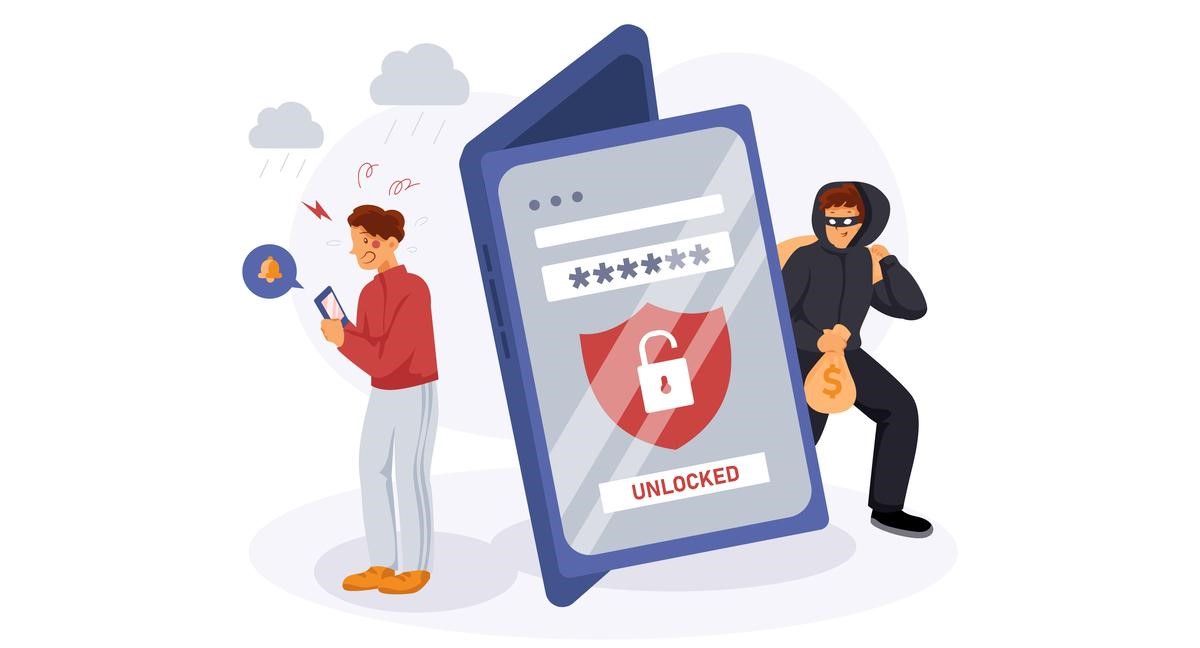Data breaches have become one of the most significant threats in our era of heightened reliance on digital technology and the internet.
This reliance has precipitated a surge in data generation, collection, and storage, which is critical for informed decision-making and service enhancement. However, it exposes organisations to considerable risks if not properly safeguarded.
What are Internal Data Breaches and Data Leaks?
An internal data breach occurs when sensitive information within an organisation is accessed or shared without authorisation. This is due to intentional acts like insider threats or accidental oversights.
Such breaches can seriously compromise personal, financial, and intellectual property data, creating a gateway for hackers and malicious actors to engage in financial fraud, identity theft, and other illicit activities.
Data leaks differ as they are usually unintentional exposures of sensitive data due to errors like misconfigured databases or misdirected emails.
While not typically malicious, the repercussions can be severe, exposing organisations to legal, reputational, and financial harm.
Read More: What Are Wi-Fi Frag Attacks And What You Can Do About Them?
Impact of Data Breaches and Leaks on Organisations
Data breaches and leaks can have significant and far-reaching impacts on organisations, affecting various aspects of their operations, reputation, and financial well-being.
1. Financial Losses
Dealing with the aftermath of a data breach can be expensive. Organisations may face costs related to:
- Investigating the incident
- Implementing security improvements
- Providing identity theft protection services to affected individuals
- Potential legal settlements or fines
2. Reputation Damage
Besides, a data breach or leak can severely damage an organisation’s reputation, leading to a loss of trust among customers, partners, and stakeholders.
This tarnished image may be challenging to repair and could result in a long-term negative impact on the organisation’s brand.
3. Impact on Shareholders and Investors
Likewise, shareholders and investors may lose confidence in the organisation’s ability to protect their investments, leading to a decline in stock value and potential divestment.
4. Business Disruption
Moreover, recovering from a data breach can be time-consuming and disruptive to regular business operations. Organisations may need to allocate resources and divert attention away from core activities to address the breach and its consequences.
5. Legal Consequences
Other than that, data breaches may lead to legal consequences, especially if the organisation is found to be non-compliant with data protection laws and regulations. Fines, penalties, and legal settlements can be significant and add to the financial burden.
6. Loss of Business Opportunities
Eventually, clients and partners may reconsider doing business with an organisation that has experienced a data breach, resulting in missed opportunities and a potential loss of revenue.
7. Future Security Challenges
Lastly, after a breach, the organisation may face increased scrutiny from cybersecurity experts and attackers. Cybercriminals may attempt further attacks, seeking vulnerabilities exposed during the breach.
Read More: Cybercrime — The Effects of Cybercrime & How to Protect Yourself Against It
Protecting an Organisation from Data Breaches and Leaks

Protecting against data breaches and leaks is a critical aspect of ensuring the security and confidentiality of sensitive information.
While it is impossible to guarantee complete immunity, implementing a comprehensive cybersecurity strategy can significantly reduce the risk of such incidents.
Below are some essential measures to protect against data breaches and leaks.
1. Data Encryption
Firstly, encrypting data that is sensitive both at rest and in transit provides an extra layer of protection. Therefore, if and when attackers gain access, the data will be unreadable without the decryption keys.
2. Strong Access Controls
Secondly, access to sensitive data in an organisation should only be given to authorised personnel.
Implementation of role-based access control (RBAC) and a regular review of user permissions ensure that individuals have access only to the data necessary for their roles.
3. Multi-Factor Authentication (MFA)
MFA should also be required for all user accounts. This adds a layer of security by demanding multiple forms of identification before granting access.
4. Employee Training and Awareness
In addition, educating employees about data security best practices is just as important. Risks like phishing attacks and social engineering are getting more common and complicated.
Hence, companies are encouraged to nurture a culture of cybersecurity awareness within the organisation.
5. Secure Network Infrastructure
Furthermore, network security measures like firewalls and intrusion detection systems can be used to protect the company against unauthorised access and network-based attacks.
6. Data Backup and Recovery
Other than that, it’s important to regularly back up critical data and verify that the data backups are functioning correctly. In the event of a data breach, having up-to-date backups can help recover lost or compromised data.
Read More: Checklist for Selecting Backup Software and Service Provider
7. Incident Response Plan
Similarly, a detailed incident response plan that outlines the steps to take in case of a data breach or leak should be developed. It’s also advisable to practise and update this plan regularly.
8. Regular Security Audits and Penetration Testing
Likewise, companies can conduct periodic security audits and penetration tests to identify vulnerabilities proactively and address them before attackers can exploit them.
9. Data Classification and Retention Policies
Lastly, organisations should categorise data based on sensitivity and apply appropriate security controls accordingly. Additionally, data retention policies should be implemented to dispose of data that is no longer needed.
Read More: Cyber Resilience in Malaysia: Strengthening Your IT Strategy
Build Protection Against Data Breaches with Aegis
To conclude, protecting against data breaches and leaks is vital for safeguarding information and preserving the reputation and financial well-being of individuals and organisations.
It’s an ongoing effort that requires proactive security measures. Nonetheless, through collaborative efforts, responsible data handling, and effective security measures, we can work towards a safer and more secure online environment for everyone.
At Aegis, we understand the importance of data protection and the role it plays in preventing data breaches. Our focus is on providing robust backup and disaster recovery services to ensure business continuity in the face of data loss.
We are committed to helping businesses protect their critical data by offering state-of-the-art backup and disaster recovery solutions. Don’t wait for a data breach to happen. Secure your data with Aegis today.
Contact us to discover how our backup and disaster recovery services can provide the ultimate safety net for your business!












